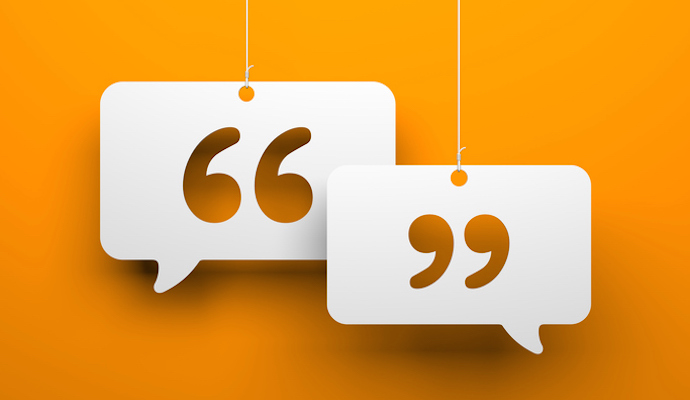RAND Telehealth Survey Finds Value in Including Audio-Only Phones
About half of all primary care telehealth visits by low-income residents at California health clinics during the height of the pandemic were done by phone, as were almost two-thirds of the behavioral health visits.

Source: ThinkStock
- The key to telehealth access for underserved populations may be the audio-only phone. And that could be a problem once the coronavirus pandemic is over.
According to a RAND study of telehealth traffic at federally qualified health centers in California serving low-income residents, almost half of all primary care visits and about 64 percent of behavioral health visits conducted via telehealth between March and August of 2020 were done by phone.
Federal and state governments have enacted several emergency measures during the COVID-19 public health emergency to improve telehealth access and coverage, including allowing providers to treat patients via audio-only telehealth, usually a phone. But most of those freedoms will end with the PHE, and there’s considerable debate over whether to make audio-only telehealth coverage permanent.
In the RAND study, published in the Journal of the American Medical Association, lead researcher Lori Uscher-Pines and her colleagues looked at telehealth traffic at 41 FQHCs with more than 500 clinic locations supported by the California Health Care Foundation. They found that COVID-19 had pushed roughly half of all primary care visits and more than 77 percent of all behavioral health visits onto connected health platforms during the pandemic.
A significant amount of those services were conducted by phone, often because patients couldn’t access audio-visual telemedicine platforms. Many can’t afford the technology or the broadband connectivity required to establish a reliable connection.
Telehealth advocates have argued that the audio-only telehealth platform may offer the best opportunity to increase access to healthcare for underserved populations. Others, including the Centers for Medicare & Medicaid Services, have questioned whether the phone is a proper platform to delivering healthcare.
Those conversations will continue as Congress, CMS and state governments look to develop telehealth coverage strategies beyond the pandemic.
“While there are important concerns about the quality of audio-only visits, eliminating coverage for telephone visits could disproportionately affect underserved populations and threaten the ability of clinics to meet patient needs,” Uscher-Price, a senior policy researcher at RAND, said in a press release accompanying the study.
“Lower-income patients may face unique barriers to accessing video visits, while federally qualified health centers may lack resources to develop the necessary infrastructure to conduct video telehealth,” she added. “These are important considerations for policymakers if telehealth continues to be widely embraced in the future.”
